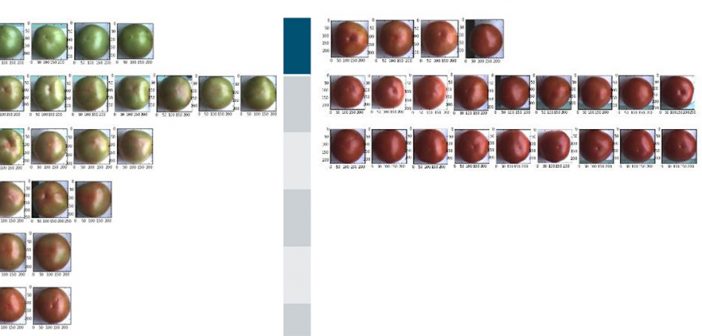According to Dutch firm HortiKey, continues increases in the area of tomato production globally mean that growers need to adopt new digital technologies in order to be able to manager ever larger production facilities.
Their aim is to improve the gathering of reliable plant data from greenhouses, so that analytical analysis becomes more robust and useful in commercial situations. The firm employed Wageningen UR to develop a series of algorithms to classify tomatoes automatically.
The assessment is done when the fruit is still hanging on the vine in the greenhouse and is independent from the available lighting conditions, something which the company says human beings cannot.
With these algorithms new data is generated from the greenhouse in a way never shown before, together with algorithms for automatic counting,” explains Abdreas Hofland, General Manager at HortiKey. “It is the basis for the Plantalyzer: an autonomous driving platform from Berg Hortimotive with sensors and software to analyze the tomatoes. Prognosis software from Letsgrow.com analyzes the gathered data to calculate an accurate crop estimate.
“The Plantalyzer is a good example of how algorithms can help growers to improve their performance. The gain is higher customer satisfaction, more control over the price-making process, more stability in planning and thus, a contribution to company continuity.”

Photo Credit: HortiKey
The post Algorithms for accurate tomato crop estimates appeared first on Hort News on 23 July 2018.